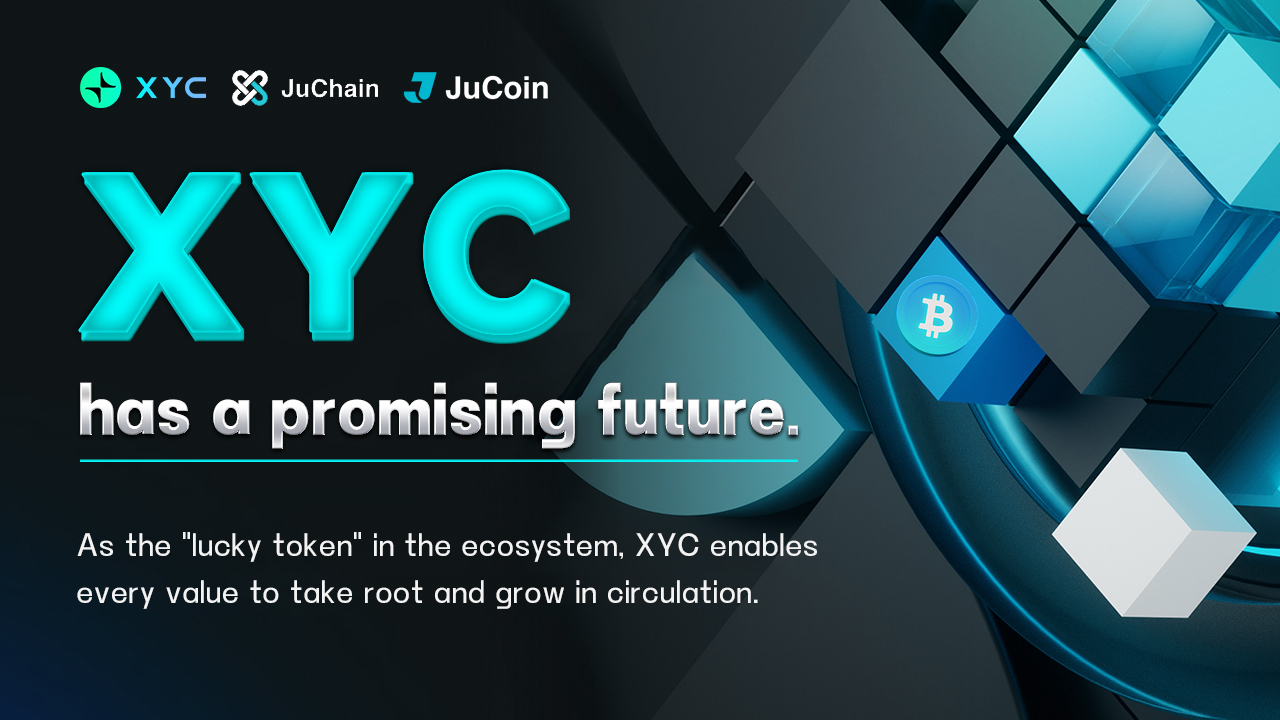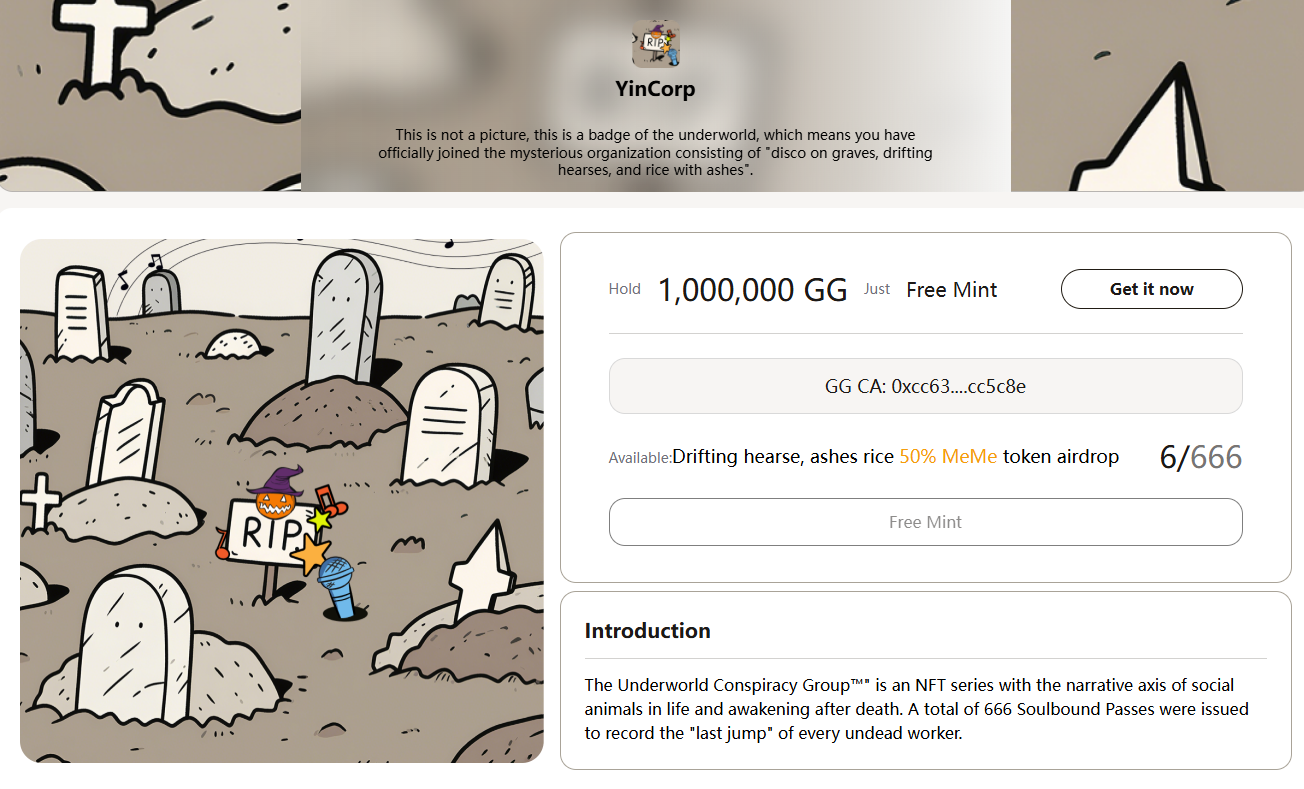The following content is released by JuCoin Labs Research Institute: $JU recently broke through $12, setting a new all-time high and demonstrating strong market confidence! As the core asset of JuChain, the performance of $JU not only reflects investors’ recognition of its future growth potential but also embodies its value support within the entire ecosystem. Since the launch of JuChain’s “Ark Genesis Plan” with a total scale of $100 million, a batch of high-quality projects with innovation and practical application potential has rapidly emerged within the ecosystem, driving diversified development of on-chain applications. The addition of these new projects has not only enhanced the technical ecosystem depth of JuChain but also further consolidated its leading position in the new generation of public chain landscape.
Recently, JuChain’s early potential projects will mainly focus on innovative projects from the “Ark Genesis Plan,” bringing investors a richer perspective. This issue will focus on introducing the decentralized self-custody on-chain mall protocol XYC, the infrastructure project Corn Consensus focused on the integration of the health industry and blockchain, and the innovative NFT trading platform Soju.
1. XYC
1.1 Project Overview:
XYC is a decentralized self-custody on-chain mall protocol jointly launched by JuCoin Exchange and JuChain public chain, aiming to reshape the construction mode of the data value network. As a protocol in the JuChain ecosystem focusing on on-chain data trading and privacy protection, XYC leverages blockchain technology to realize trusted data transmission, value discovery, and decentralized interaction, empowering fields such as logistics and the sharing economy.
XYC reconstructs the trillion-level market with blockchain technology, integrating DeFi and decentralized on-chain mall to build a position data network that fairly shares dividends. Relying on JuCoin’s tens of millions of user base and billions of dollars in transaction volume, XYC builds a dual ecosystem of on-chain finance and data mall, forming a closed loop of data-value-consumption through token and ecosystem integration.
1.2 Main Highlights:
XYC thoroughly reconstructs the value system of location data on-chain through four major mechanisms, as follows:
-
Universal Coin Minting: Users can mint coins by contributing location data, with rewards linked to data quality and node level, enabling fair monetization of data value.
-
Triple Delivery: Including asset security delivery with on-chain custody contracts ensuring safe settlement of funds and tokens; market value delivery with JuCoin liquidity pool intervening supply and demand to maintain token value; and rights protection delivery supporting token trading, staking, and financial product exchange to enhance liquidity.
-
Privacy Finance: Zero-knowledge proofs protect privacy and support DeFi functions such as staking mining, balancing security and value appreciation.
-
DAO Governance: Token holders vote to set rules, realizing democratic autonomy of the data economy, with users controlling governance rights.
1.3 Coin Minting Economic Model:
-
XYC mints coins dynamically on-chain according to node contribution via smart contracts; tokens have no fixed cap, strong early incentives, and controllable inflation later. Tokens circulate on-chain or on the JuCoin platform, supporting transfer, staking, exchange, combining incentives, governance, and settlement to form a decentralized automated currency system.
-
Any user can become a node with zero threshold, participate in data tasks and receive rewards based on contribution; node levels and records are transparently on-chain. Governance is decided by token holders through proposals and voting; the project team is responsible only for technical and security maintenance, while JuCoin provides liquidity and compliance support, forming an open governance structure with full participation.
-
Token distribution is automatically executed based on task contribution; rewards are released linearly to avoid short-term sell pressure; early unlocking incurs fees and token burn. The system dynamically adjusts minting rate combining staking rate and node activity, and controls inflation via transaction taxes and penalty burns, with JuCoin as the backstop ensuring market stability and token value support.
-
Users and nodes can stake tokens to participate in consensus and governance; staking amount and period affect rewards, which are allocated from daily minting. High-level nodes gain higher rewards; JuCoin provides liquidity backstop for staked tokens, mitigating liquidity risks from lock-up, forming an incentive system complementary to task rewards.
-
XYC jointly establishes a liquidity backstop pool with JuCoin to prevent market volatility and black swan events; custody contracts ensure user asset safety and automatic operation execution. Risk disposal mechanisms include buyback, delayed release, and blacklist tools; all operations are recorded on-chain, and JuCoin’s continuous endorsement enhances user trust and system stability.
1.4 Roadmap:
1. In 2025, infrastructure deployment and data market launch
XYC’s initial goal focuses on network foundation construction and data market launch. In the first half of 2025, the project will deploy 10,000 high-precision nodes in more than 50 logistics hub cities, building a geographically wide and high-precision data collection network. In the second half, XYC will initiate location verification tests and jointly promote the construction and preliminary circulation of the on-chain location data market with early partners such as ride-sharing and cold chain logistics enterprises, taking the first step toward value realization.
2. In 2026, technology openness and industry landing
In 2026, XYC will transition from infrastructure construction to ecosystem expansion, focusing on technology openness and industry integration. In the first half, it will officially release XYC’s location oracle API to Web3 developers, enabling seamless access to location data for DeFi, GameFi, and diverse scenarios, promoting composability and developer activity. In the second half, XYC will cooperate with mainstream automobile manufacturers to provide real-time location authentication for over one million connected cars.
3. In 2027, network scaling and decentralized governance
In 2027, XYC will enter a new stage of scaling and governance system upgrade. The project plans to expand its node network to over one million, covering cities and key regions widely, further consolidating its position as the location data infrastructure for smart cities. Meanwhile, XYC will initiate the construction of “Location DAO,” gradually realizing decentralized network governance, incentive distribution, and data collaboration mechanisms, allowing the community to truly control the development direction and discourse power of the data network.
1.5 Investment Logic:
The core logic of XYC is not only that users receive token incentives by contributing GPS data, but also that it reconstructs data collection, verification, and pricing processes through blockchain, transforming the typical ownership and value leadership of data into new mechanisms of contribution-based ownership and transaction-based confirmation. Supported by JuChain infrastructure and JuCoin liquidity, XYC uses the trinity of “mall, oracle, and DAO” to gradually open the complete flywheel from data value discovery, financial derivatives, to consumption conversion.
XYC officially launched its mall system on August 3. The project will simultaneously start node purchasing and staking reward mechanisms. Users can obtain high returns by participating in node staking. This launch marks that XYC’s core applications are about to enter a substantial operational phase, providing early participants with a clear window of income incentives and signaling the full activation of the project’s ecological incentive system. From a longer-term perspective, XYC’s path may also become a model combining smart city and Web3 infrastructure, connecting more public service systems through composability, turning every mobile behavior in the city into value production.
2. Corn Consensus
2.1 Project Overview:
Corn Consensus is an infrastructure project focusing on the integration of the health industry and blockchain, aiming to build on-chain solutions for real-world assets (RWA) serving the physical industry, especially the health industry. Corn Consensus is committed to fully introducing the health industry into Web3, promoting anti-aging products, nutritional science, and health data to achieve on-chain transparency, intelligence, and traceability.
The project uses blockchain to realize health data ownership confirmation and mapping, combined with AI to provide personalized health insights, and introduces NFT technology for product delivery and traceability management, constructing a trustworthy, intelligent, and traceable digital health infrastructure. Its core vision is to bring health on-chain, injecting real blockchain value into the health industry. The project is registered in Singapore and deeply integrated with JuCoin, giving it strong synergy in its ecological strategy.
2.2 Main Highlights:
-
Health Industry RWA Track: Corn Consensus is one of the few RWA infrastructure providers focusing on the health vertical, a field with highly stable cash flows and market attention.
-
Compatible with JuChain’s Underlying Structure: Corn Consensus’s protocol layer is fully compatible with JuChain, meaning its asset issuance and trading naturally have on-chain liquidity support.
-
Deep Integration into JuCoin Ecosystem: Corn Consensus actively participates in multiple core modules of the JuCoin ecosystem, including DAO node operations, computing power incentive mechanisms, and community tasks and airdrop plans related to the JU token.
2.3 Project Progress:
-
Joined the “Ark Genesis Plan”: Corn Consensus has officially joined the “Ark Genesis Plan” initiated by JuChain, a program led by the JuChain Foundation that sets up a special fund totaling $100 million to promote project landing through funding support, traffic introduction, and dual-ecosystem resource synergy.
-
Accelerated Ecological Integration: Since July 2025, Corn Consensus has accelerated its binding pace with JuCoin, participated in the ecological integration of JUDAO 3.0, supported the decentralized autonomous protocol built on Polygon chain and AI technology, and undertook part of DAO node operation.
-
User Incentive Mechanism Linkage: The project simultaneously participates in multiple community incentive activities launched by JuCoin, which not only accumulate an initial user base for Corn Consensus but also test traffic models for the future C-end entry of RWA products.
2.4 Investment Logic:
The integration of health and blockchain has become an industry-recognized potential fusion track. Industry leaders, including Binance founder CZ, have publicly expressed high attention to combining health data, anti-aging technology, and decentralized networks. With the global aging population trend intensifying, the on-chaining of the health industry not only has rigid demand but is also expected to become an important breakthrough for blockchain technology applied to the real world.
Corn Consensus takes the lead in the health data RWA field, building a complete solution from data mapping, AI analysis to NFT traceability, possessing strong industry rarity and track pioneering. Compared with traditional RWA projects focused on government bonds, real estate, and bill assets, the medical and health scenarios addressed by Corn Consensus have higher market acceptance, more stable cash flows, and easier formation of C-end consumption closed loops.
3. Soju
3.1 Project Overview:
Soju is an innovative NFT trading platform featuring a trade-to-earn mechanism, where users receive token airdrop rewards instantly by simply trading or placing NFT orders without staking or completing tasks. As a light-asset incentive NFT marketplace under the JuCoin ecosystem, Soju introduces the concept of frictionless earnings from DeFi into the NFT scenario, focusing on high-frequency trading users and degens. Founded in May 2025, Soju is currently in its early launch stage, gradually guiding users into a mode of trading while earning through on-chain interactive activities.
3.2 Main Highlights:
3.2.1 Trade-to-Mine, Light Interaction Without Staking
Unlike traditional NFT platforms emphasizing staking or incentive pool release, Soju adopts a trade-and-earn model where users receive token airdrops instantly upon listing or trading NFTs, minimizing interaction barriers. This no-waiting, no-binding design highly fits the behavior habits of NFT high-frequency traders, enhancing user activity.
3.2.2 Linked to $JU Incentive System, Creating Platform Value Closed-Loop
The rewards distributed by Soju are JuCoin’s core asset $JU, giving it both platform usage incentive function and deep linkage with the overall JuCoin ecological value growth. Through continuous $JU airdrops, Soju substantially enhances $JU’s usage scenarios and community penetration, forming an ecological cycle of trade–earn tokens–reuse.
3.2.3 Focus on On-chain Users and NFT Degens, With Strong Social Attributes
Soju positions itself as a “degen-friendly” NFT platform, attracting high-frequency speculative user groups through light interaction and fast-paced user experience, while emphasizing no tasks or volume brushing, building a free and open NFT trading culture.
3.3 Project Progress
-
The Soju × YinCorp airdrop event has started, marking Soju’s first joint release attempt in the NFT content ecosystem. Users holding 1,000,000 $GG (CA: 0xcc63dd3764f00502d46b10ca463df176a2cc5c8e) can mint YinCorp’s Soulbound NFT passes for free via the Soju platform. This series revolves around the story of awakening corporate workers, limited to 666 copies, non-transferable, and users can mint by connecting wallets.
-
The platform is currently in the cold start phase. NFT projects such as Junames (.JU), Junames (.AIC), and YinCorp have completed preliminary deployment and listing, attracting early holders.
-
Actively participating in Web3 community activities and offline promotion, Soju and JuCoin jointly took part in the “Web3.0 Night” event held in Bangkok, Thailand in May 2025, collaborating with several Web3 projects such as TronBank.Pro, Metis, Blockx, etc., showing a positive attitude towards expanding community influence and regional expansion, beneficial for acquiring new users and cooperation resources.
3.4 Investment Logic:
Soju, as the core NFT trading platform within the JuCoin ecosystem, breaks traditional NFT participation barriers with its trade-to-earn mechanism, successfully introducing frictionless incentives from DeFi into the NFT trading scene. It has significant product differentiation and user growth potential. The platform is closely linked with the $JU incentive system, enhancing token circulation value and practical use, and promoting JuCoin’s ecosystem extension into broader consumer application layers. During the cold start phase, Soju has activated its asset and user base through airdrop events in cooperation with projects like YinCorp, and actively participates in Web3 offline events to strengthen brand exposure. With its light interaction experience, community positioning, and ecological resource support, Soju is expected to rapidly build community consensus and become the center of the new generation NFT market.
Summary
The “Ark Genesis Plan” is building an incubation system for on-chain native projects, different from previous models emphasizing narrative or capital-driven approaches. The Ark Plan focuses on mechanism innovation and real scenarios, supporting a batch of early-stage projects starting from bottom-level logic and centered on verifiable structures. These projects emphasize functional closed loops and interaction efficiency, potentially emerging from unmet on-chain demands or simplifications and reconstructions of existing models. Through unified resource scheduling and consensus foundation, the “Ark Genesis Plan” is facilitating the emergence of more experimental and practically implementable on-chain projects.
For investors, the “Ark Genesis Plan” changes not only the timing of participation but also the manner of participation. In this system, projects are observable and interactive from the early stage, and investment no longer relies on linear growth expectations but on continuous judgments based on actual use and structural feedback. This process of simultaneous use and verification helps investors build a more intuitive understanding of project mechanisms and team execution capability. More importantly, it encourages investors to shift from passively waiting for value release to actively understanding ecological evolution paths and finding reasonable positions for long-term participation in the combined interaction of multiple projects!











